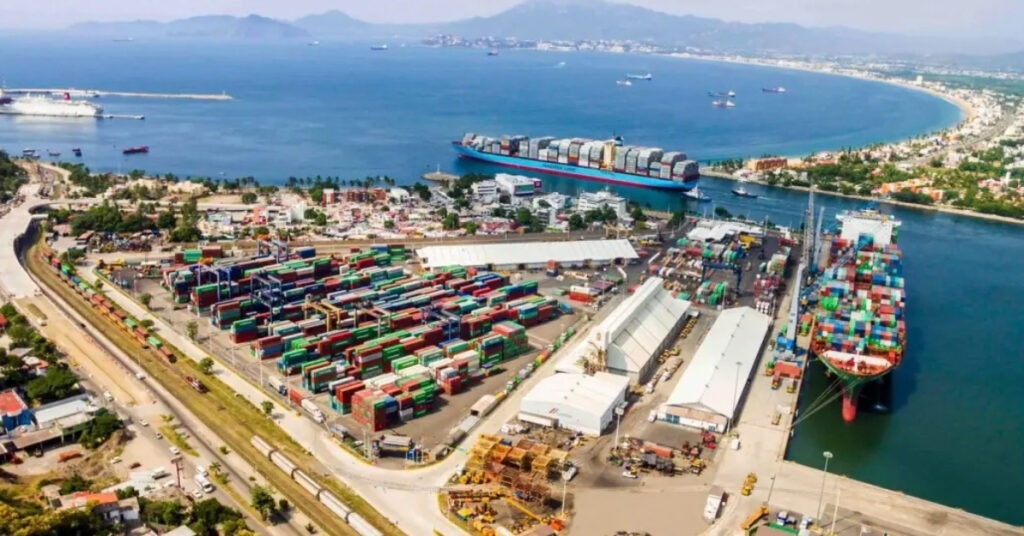Manzanillo, Mexico – Mexican navy officials overseeing the country’s largest port have raised alarms about the increasing influx of unregulated “dual-use” chemicals, which are pivotal in the production of synthetic drugs like methamphetamine and fentanyl. Four Navy officials disclosed these concerns in an exclusive interview with Reuters.
According to U.S. authorities, Mexico is the primary source of the fentanyl flooding American streets. Recently, the country has also emerged as a significant exporter of methamphetamine to various Asian nations.
Officials stationed at Manzanillo, Mexico’s busiest port by volume, have reported a notable rise in the importation of dual-use chemicals. These substances, predominantly arriving from China, are typically utilized in manufacturing legitimate products such as food, perfume, and pharmaceuticals. However, they also serve as key precursors in the synthesis of meth and fentanyl.
During a tour of the Pacific coast port, Navy officials emphasized the urgent need for government regulation of these chemicals. They showcased large containers that had been confiscated and left unclaimed by the Mexican companies importing them.
“Large quantities of these dual-use substances have been discovered in clandestine laboratories, confirming their use in synthetic drug production,” stated the Navy’s Chief Information and Risk Analysis Officer, who requested anonymity for security reasons.
Highlighting the gravity of the situation, an officer at Manzanillo port, located in Colima state, referenced a January seizure of 88 metric tons of glacial acetic acid from China. This unregulated chemical is essential in meth production and was impounded because the importing company failed to verify ownership.
Another Navy official noted that many confiscated substances are imported by companies based in Jalisco and Sinaloa, the strongholds of Mexico’s two largest drug trafficking organizations, the Sinaloa Cartel and the Jalisco New Generation Cartel.
“It is imperative to regulate the importation of dual-use substances into Mexico. Without regulation, criminal organizations dedicated to methamphetamine production will continue to escalate their operations,” urged a third Navy official, who also requested anonymity.
The Mexican government did not immediately respond to requests for comment.
Manzanillo port handles nearly 60% of Mexico’s daily container traffic. Currently, about 2% of goods are subjected to physical searches, along with 10% of the vessels docking at the port. However, when authorities receive tips about illegal cargo, 100% of the products are thoroughly inspected, according to officials.
Urgent Need for Regulation
Historically, Mexican cartels have produced methamphetamine for the U.S. market. In recent years, however, their export reach has extended to distant countries, including Australia, the Netherlands, and China. The United Nations Office on Drugs and Crime (UNODC) recently added Mexico to its list of top methamphetamine manufacturers, joining Afghanistan, Burma, and Syria.
Methamphetamine production in Mexico has surged by approximately 200% over the past three years, according to the third Navy official.
“Manzanillo, due to its strategic location, serves as a gateway to ports in Asia, South America, and North America,” explained a fourth Navy official, the commander of the Manzanillo Port Unit. “International cooperation is crucial to effectively combat these threats.”
